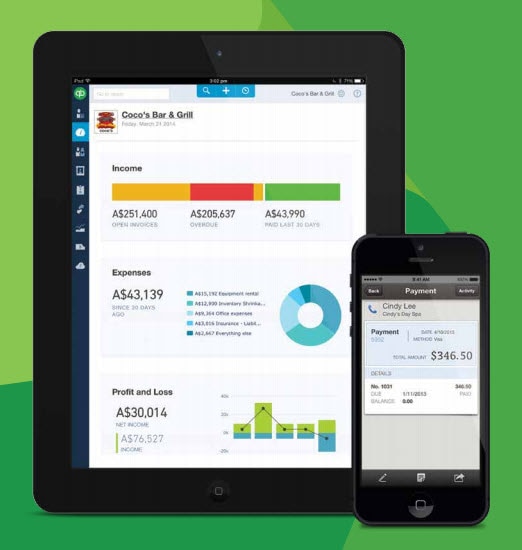The Purpose of an Invoice
An invoice is one of the most important documents that your business creates. In addition to functioning as a receipt, it is also your accounting paper trail. It’s an instructional document that guides your customers through the process of paying your business.
Let’s start with a simple definition of what an invoice is:
As a transactional tool, an invoice is a bill for an account between a buyer and a seller indicating what was sold, and how much is owed. They’re used for account-based transactions between vendors and sellers who work with each other on a regular basis. You can use invoices to keep track of how much your customers owe you in total, as a basis to monitor your cash flow.
Invoices are like most bills in that they’re issued from a vendor to a customer for something they’ve already received, something in development, or something that’s ready to be created. But invoices, unlike a restaurant bill, aren’t necessarily due immediately upon receiving them. You may choose to set invoice payment terms of up to 3 months, to give your customers flexibility to manage their cash. Here are some tips to help you set up your invoice.
Invoices show your clients what they purchased, how much they owe, and when the funds are due.
That’s why software makes the invoicing process easier. Let’s say you send 10 invoices per month, and the process takes you 1 hour a piece. This is time that you could be using fulfilling services or generating new business. Using software, you can trim your invoicing time down from 10 hours to 1 hour.
You can standardize your templates, quickly query information about payments, and answer customer questions as they come up.
An invoice is an important transactional tool with extremely functional applications. That’s why it’s important for small business owners to create them in a way that is error-free.
Learning how to create an invoice online is relatively straightforward, but the information you include can affect how quickly people pay your bills.







